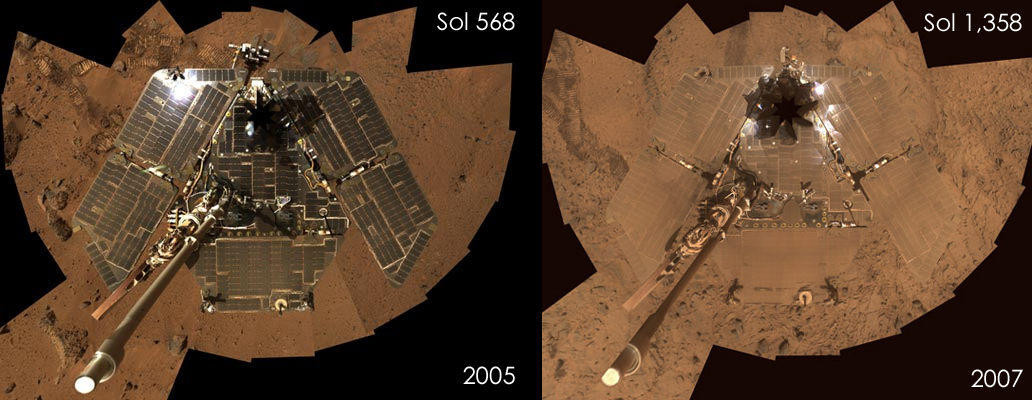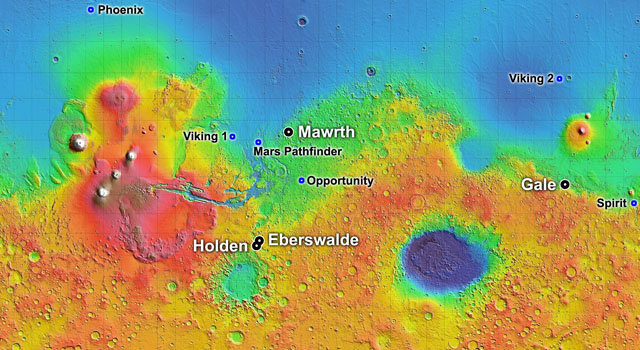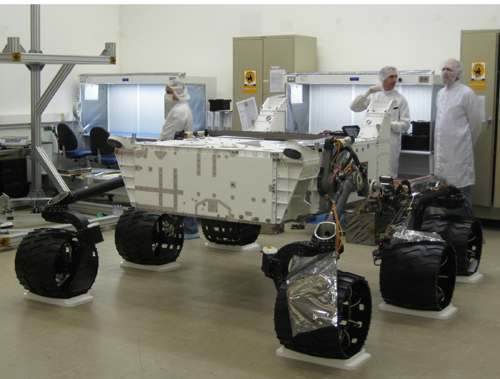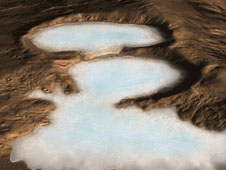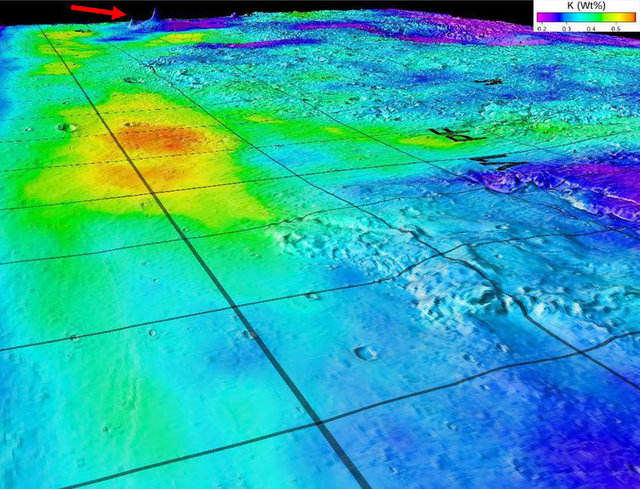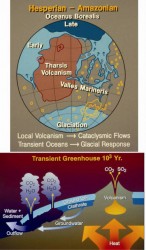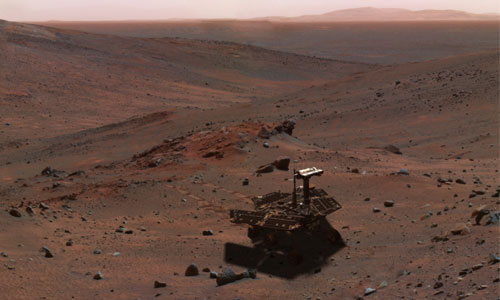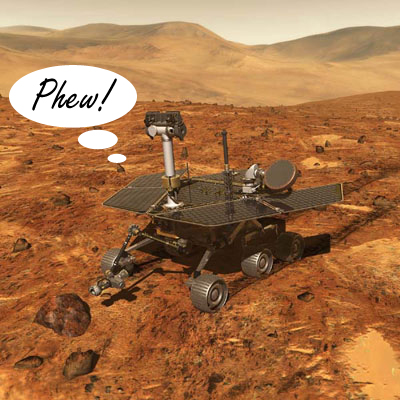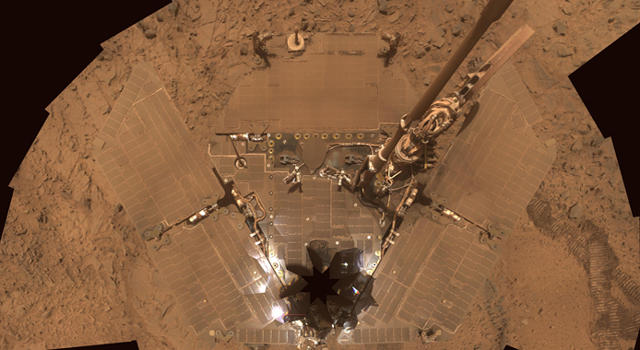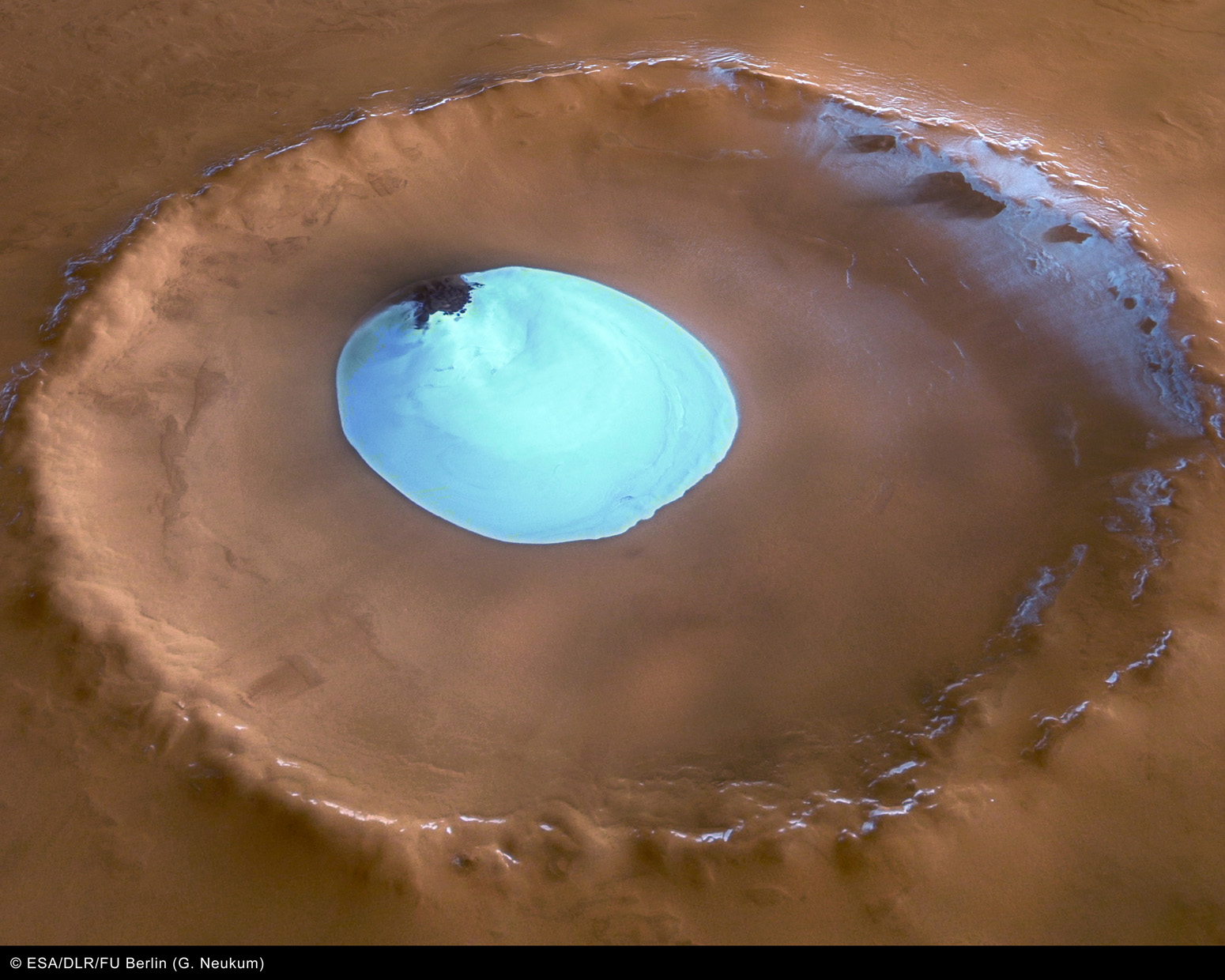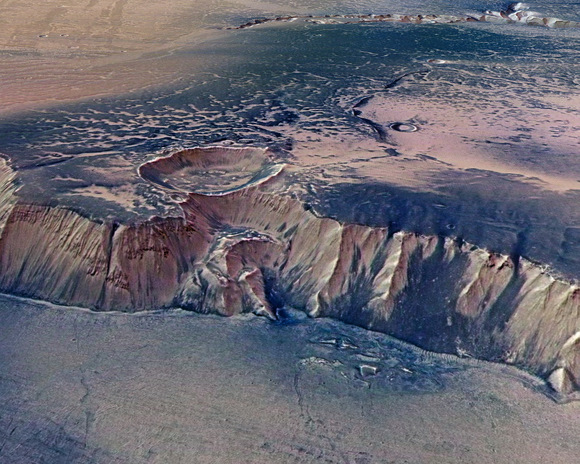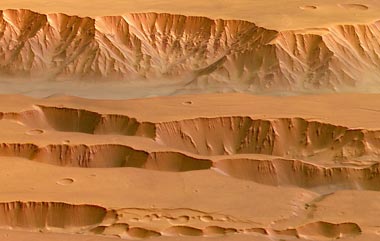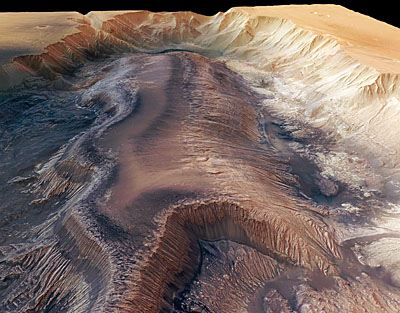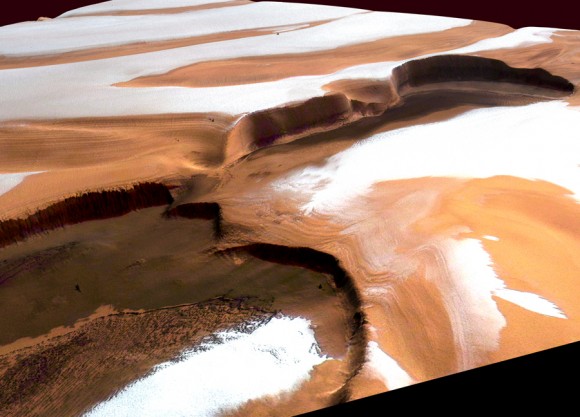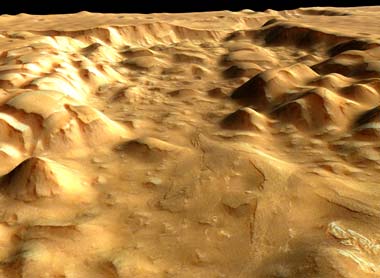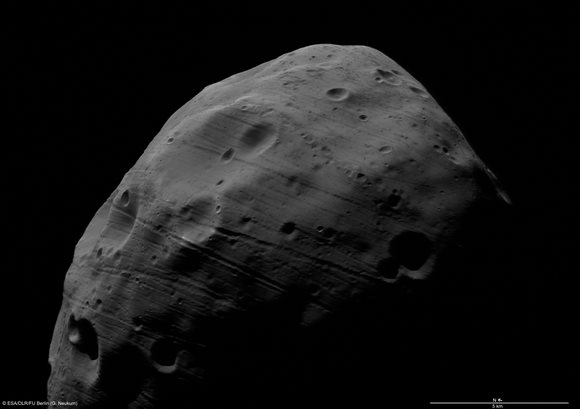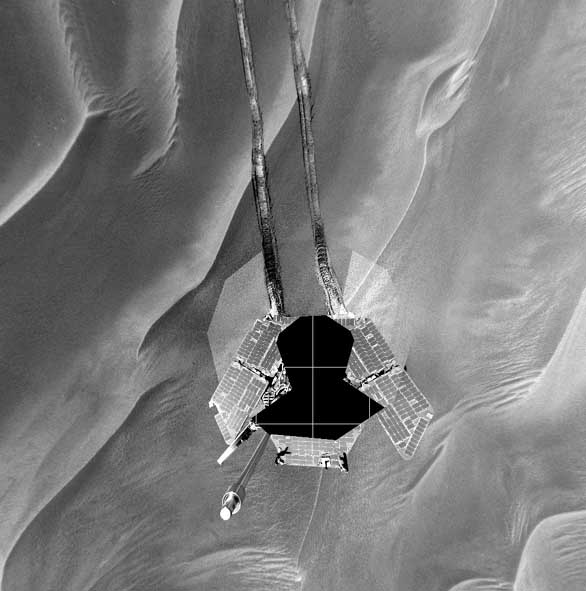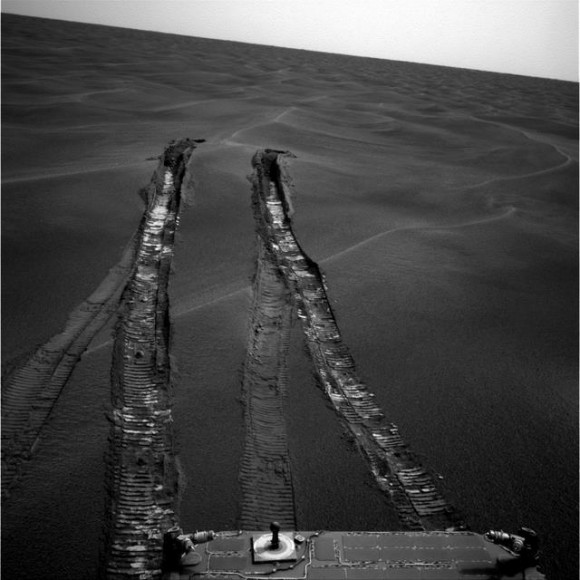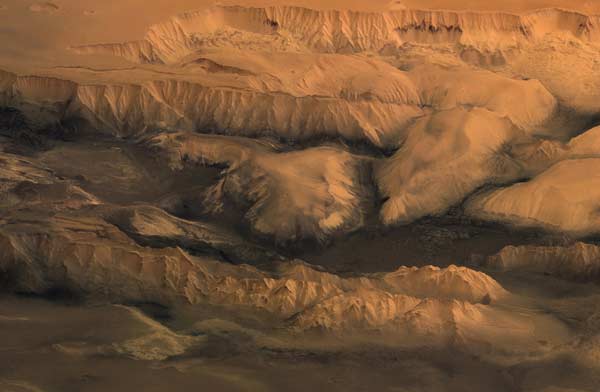[/caption]
Dust — a solar panel’s worst nightmare.
Is sending solar-powered robots to the Red Planet a bad idea? Mars is a very dusty planet, and Mars dust sticks to everything, especially solar arrays. After all, Phoenix’s death was probably hastened by a Sun-blocking dust storm, and rover Spirit was battered by the combined solar panel-coated dust layer plus dust storm, nearly draining its batteries (as can be seen in the comparison above, after two years on the Martian surface, Spirit’s dusty layer was already an acute problem).
However, a NASA-sponsored MIT think-tank has weighed up the future energy needs of a manned settlement on Mars and arrived at an interesting conclusion…
It sounds like the “nuclear space debate” continues. Thinking back to when Galileo was launched toward Jupiter in 1989, or when Cassini was sent to Saturn in 1997, huge protests erupted from critics, Cape Canaveral neighbours and anti-nuclear organizations. The argument was that should there be a launch accident, the radioactive material contained inside the radioisotope thermal generators (RTGs) could be scattered through the atmosphere and over a wide area on the ground (i.e. death and destruction). While this is a scary thought, NASA engineers were very quick to point out that RTGs are virtually indestructible, even under extreme conditions during an explosion and atmospheric re-entry.
The motivation for sending plutonium (non-weapon grade Pu238) on board missions to Jupiter and Saturn has even been called into question, spawning wild conspiracy theories such as “Project Lucifer.” Therefore, it seems only sensible that NASA should want to carry out an in-depth study of all energy production techniques before committing to a potentially unpopular (and therefore politically damaging) nuclear source for future Mars colonies.
With the help of energy specialists from the Massachusetts Institute of Technology (MIT), NASA commissioned a study of how future manned Mars settlements can be powered. Will nuclear generators need to be constructed? Or can solar panels fulfil our proto-colony’s energy needs (regardless of the dust situation)?
Interestingly, if positioned in the correct location, solar arrays might function just as well, if not better, than the nuclear options. Solar panels could provide all the energy a fledgling colony needs.
The MIT researchers assessed 13 different energy generation systems and compared solar and nuclear options. In a presentation last month at the International Astronautical Congress in Glasgow, MIT engineer Wilfried Hofstetter compared nuclear fission reactors, RTGs, Sun-tracking solar panel arrays and non-tracking thin-film solar arrays laid atop the Martian landscape.
Like any space travel endeavour, efficiency is paramount; astronauts will need to utilize every last energy-generating ounce of equipment sent to Mars (including back-up systems).
It would appear that a large solar panel array can match nuclear generators, only if they are situated at a latitude of 0-40° north of the Martian equator. Southern latitudes have much less solar energy available for most of the year.
So what’s the best plan of action? According to Hofstetter, a Mars mission should be able to transport several 2 metre-wide rolls of thin-film solar panel arrays. Rolling out an array of these thin-film rolls could supply ample energy to a colony. For example, if the array is positioned at 25° north, measuring 100×100 metres, 100 kilowatts can be generated. The MIT researchers even calculated it would take two astronauts 17 hours to construct the array (alternatively they could get a robot to do it).
Commenting on this Mars energy solution, Colin Pillinger, planetary scientist with the Open University, UK (and head Beagle 2 scientist) said the solar array’s old foe — dust — shouldn’t be too much of a problem after all. “Dust storms tend to start in well-known places in the southern hemisphere as it warms up, so it shouldn’t be too difficult to avoid them,” he said.
So the skies may be clear for solar energy on Mars after all. Even though dust storms causes problems for our robotic explorers, manned expeditions may be able to avoid them all together. Besides, I don’t see why astronauts couldn’t pack some brushes to wipe down the arrays should dust become a problem…
Source: New Scientist

